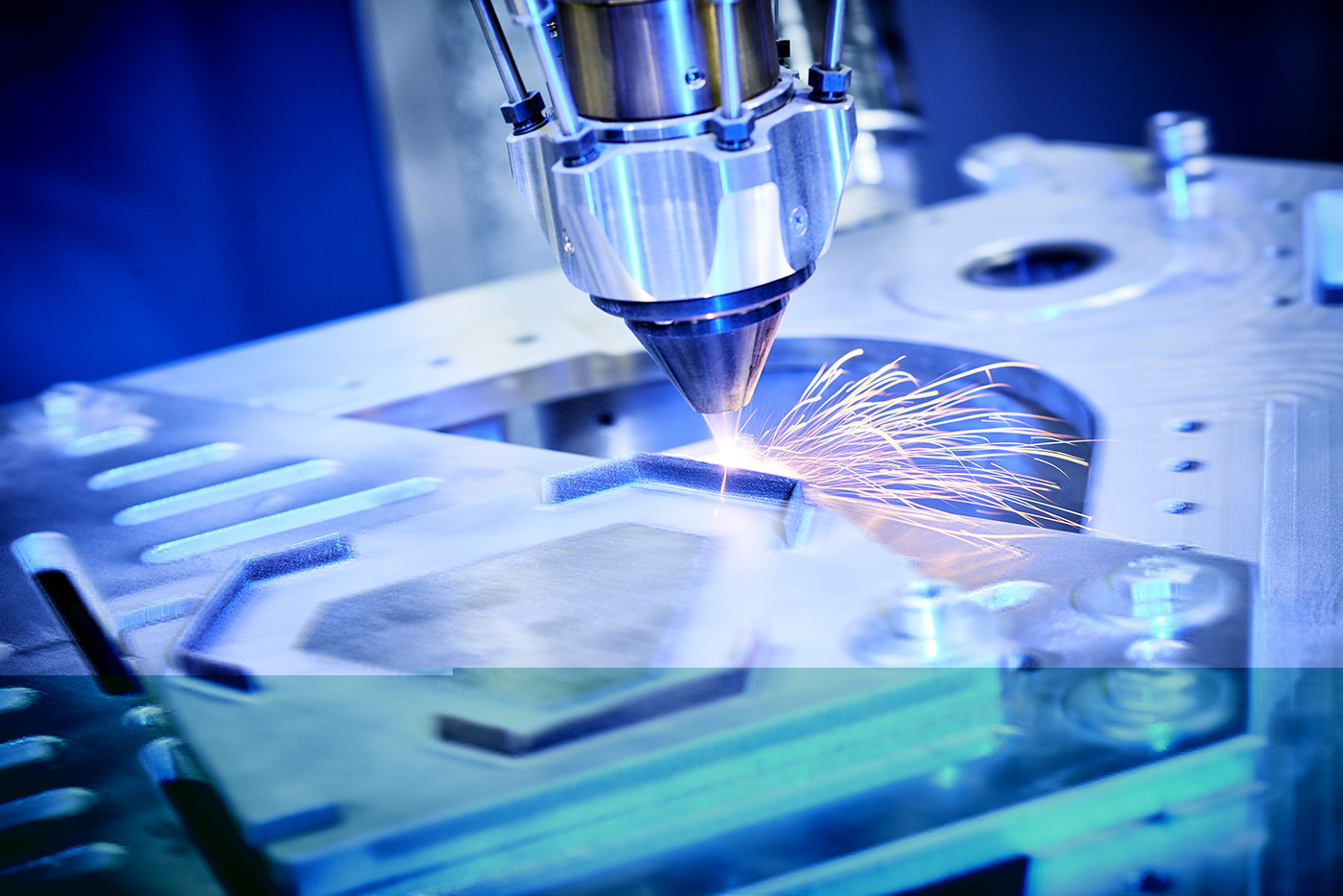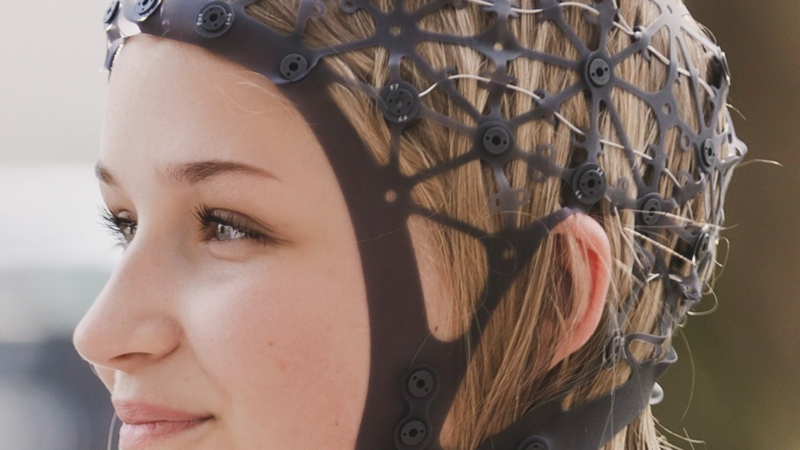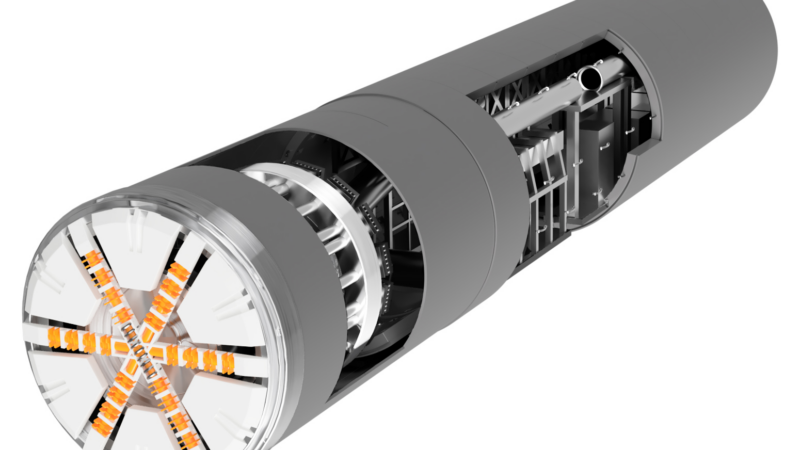New technology accelerates material deposition and development of application-specific alloys for additive manufacturing
At Formnext, ponticon will introduce its new pE3D system for Dynamic Material Deposition (DMD), a process developed for additive manufacturing, coating and repairing complex-shaped metallic workpieces. The new system combines high process speed with utmost precision and high flexibility in terms of the choice of alloying elements.
With the Dynamic Material Deposition process developed by ponticon alloys of any elemental compositions can be deposited on metallic and ceramic components. In contrast to conventional laser deposition methods, in the DMD process the metallic powder is already molten when it reaches the surface of the substrate which it is deposited on in successive layers.
High-performance components manufactured at high speed
In additive manufacturing, the DMD process excels in terms of versatility of materials it can process and the outstandingly high feeding rates it achieves. The benefits for the user: time-saving, high-precision manufacturing of components for the most demanding of uses. By flexibly combining the various materials and alloying elements, the system ensures that the components produced or coated have exactly the properties required for their specific use.
Highly resistant coatings for surfaces of virtually any shape
The process can also be used to cover surfaces of metallic components with metallurgically bonded coatings. Apart from the great versatility of alloys and elements that can be used in these applications, the process provides the benefit that the coatings are extremely firmly bonded with the substrate material. Thus, they can fulfill the most exacting demands in terms of wear, corrosion and high-temperature resistance.
Back in shape for extreme use
When the system is used for pinpoint repairs of components damaged as a result of broken-off metal or worn metallic surfaces, the sensors initially capture the as-is component geometry. Based on these data, the CAM software plans the path for the repair process that requires the nozzle and the workpiece carrier to be precisely aligned to one another. Once in the aligned position, the system starts to apply the new material onto the workpiece. The material is specifically adjusted to the properties of the substrate material. As the heat transfer into the base material is minimal, the material properties of the repaired components are not affected during the process.
Ponticon will supply the system shown at the trade fair to the wbk Institute of Production Science at the Karlsruher Institute of Technology (KIT). One of the Institute“s focus is remanufacturing, i.e. reconditioning high-grade components subjected to extreme in-service stresses as, for example, in turbomachinery industry or renewable energy systems. The entire, fully automatic manufacturing cell consists of the five-axis pE3D system complete with comprehensive sensor equipment, a turning lathe and a handling robot.
According to Dr. Tobias Stittgen, Managing Director of ponticon GmbH, the system is ready for use in industrial series production: „Our pE3D machines have passed the acid test in various near-industry-scale projects performed by several renowned research institutions. 2023 will see the first machines go into operation in industry.“
ponticon at Formnext 2022:
Exhibition grounds Frankfurt/Main, Germany,
from November 15 – 18, 2022
Hall 12.0, Stand D39
Background information: The DMD process
A central element of the system is the laser head with the integrated powder nozzle. The head is thus designed so the light emitted by a laser of several kW capacity is focused a few millimeters above the surface. The metallic powder is ejected towards the laser beam by means of a nozzle specifically designed for the DMD system. Different alloying materials can be mixed in virtually any combination. Up to eight powder feeders are available for up to eight different metallic elements and pre-blended alloys. This makes the system particularly suitable for systematic analysis and testing of application-specific AM alloys. In this context, materials such as high-entropy alloys are of great interest to materials scientists due to their capacity to adopt virtually any material properties imaginable.
In order to achieve high relative velocities between the printing head and the printed component, the laser optics and the workpiece carrier are moved relative to one another by means of a highly dynamic tripod system. The parallel kinematic layout – specially designed for this process – makes it possible to achieve very high acceleration rates and process speeds while still deposition material with the highest precision.
The deposition process is precisely controllable by means of finely adjusted key parameters such as the laser power, laser beam diameter, mass flow of the powder and moving velocity of the substrate carrier.
About ponticon
ponticon develops and supplies systems and solutions for high-speed laser cladding. The ponticon pE3D system is designed for dynamic, industrial-scale additive manufacturing, coating and repair of metal components – from one-off to series production – especially for components that have to withstand high in-service stresses. Ponticon uses the same basic system in alloys development, expanding the limits of traditional sample testing. Developers of innovative materials for specific AM applications can use the system for the cost-efficient and time-saving production of alloy samples, benefitting from the system“s extreme versatility.
Company-Contact
ponticon GmbH
Dr.-Ing. Tobias Stittgen
Alte Schmelze 20
65201 Wiesbaden, Germany
Phone: +49 6136 91745010
E-Mail: t.stittgen@ponticon.de
Url: https://ponticon.de/
Press
VIP Kommunikation
Regina Reinhardt
Dennewartstraße 25-27
52068 Aachen, Germany
Phone: +49 241 89468-24
E-Mail: reinhardt@vip-kommunikation.de
Url: http://www.vip-kommunikation.de
Die Bildrechte liegen bei dem Verfasser der Mitteilung.







